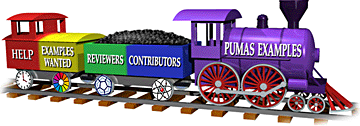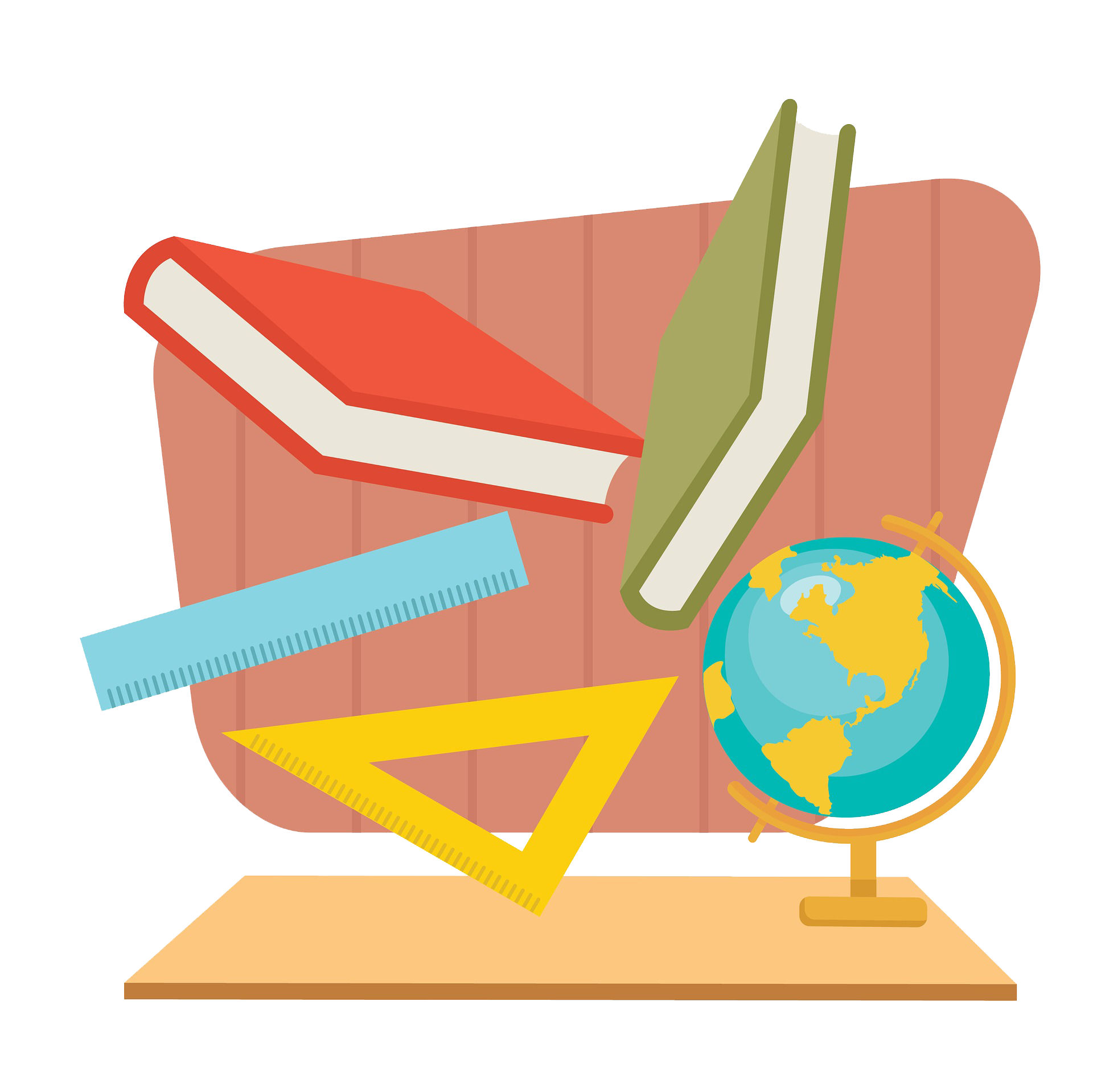Practical Uses of Math and Science
A collection of brief examples showing how math and science
topics taught in K-12 classes can be used in interesting settings,
including every day life.
Featured PUMAS Example
View Our Examples
The PUMAS examples are aimed primarily at helping pre-college teachers enrich their
presentation of topics in math and science.


